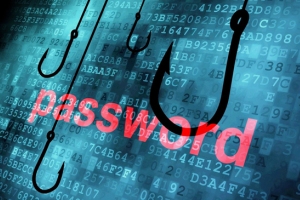Shipping spam home
The well-known delivery services became popular among spammers. Spammers pretended to be such companies as DHL, FedEx, UPS and TNT. Hackers have more chances to achieve results, posing as well-known companies.
 A large amount of phishing emails were explored with the help of which attackers pretended to be famous international delivery service.
A large amount of phishing emails were explored with the help of which attackers pretended to be famous international delivery service.
Making phishing attacks (the attempts to acquire sensitive information), spammers have two main goals: to get customer‘s information, both financial and personal data; or to infect the victim's PC with malware. If the download is succeed, such computers start spamming or become first step for organizing DDoS-attacks.
To understand whether it is the phishing email, the user has to check the sender‘s E-mail. If the address is not the same as the address of the company's website, the letter should be removed, without opening.
Also attackers make a number of grammatical and spelling mistakes. The company logos will be faked, there can be many graphic mistakes as in a printing type and a color selection, and it outputs that spammers.
The emails with links are necessary to be checked, just move your mouse to the link. The link will appear on the left or on right corner of the screen, if Internet browser is used. If you use e-mail client, the address will appear in the pop-up message above the link.
The contents of the letter are not needed to be opened. If you did not ask for any documents, then if you receive such letters they should simply be deleted.
Axarhöfði 14,
110 Reykjavik, Iceland














